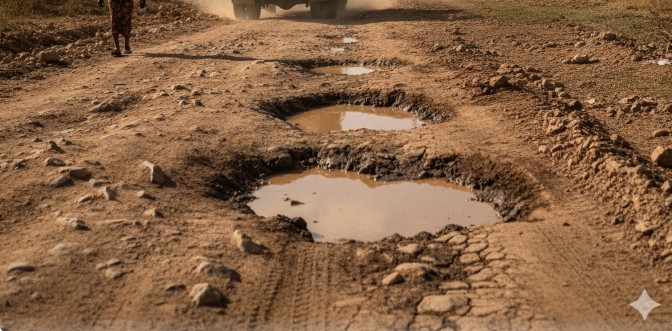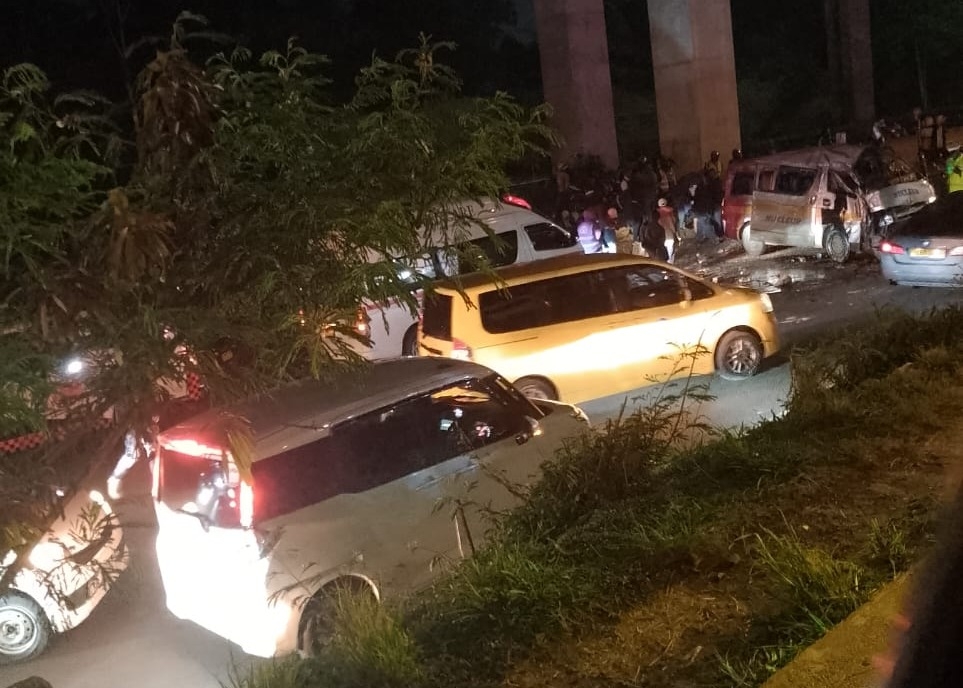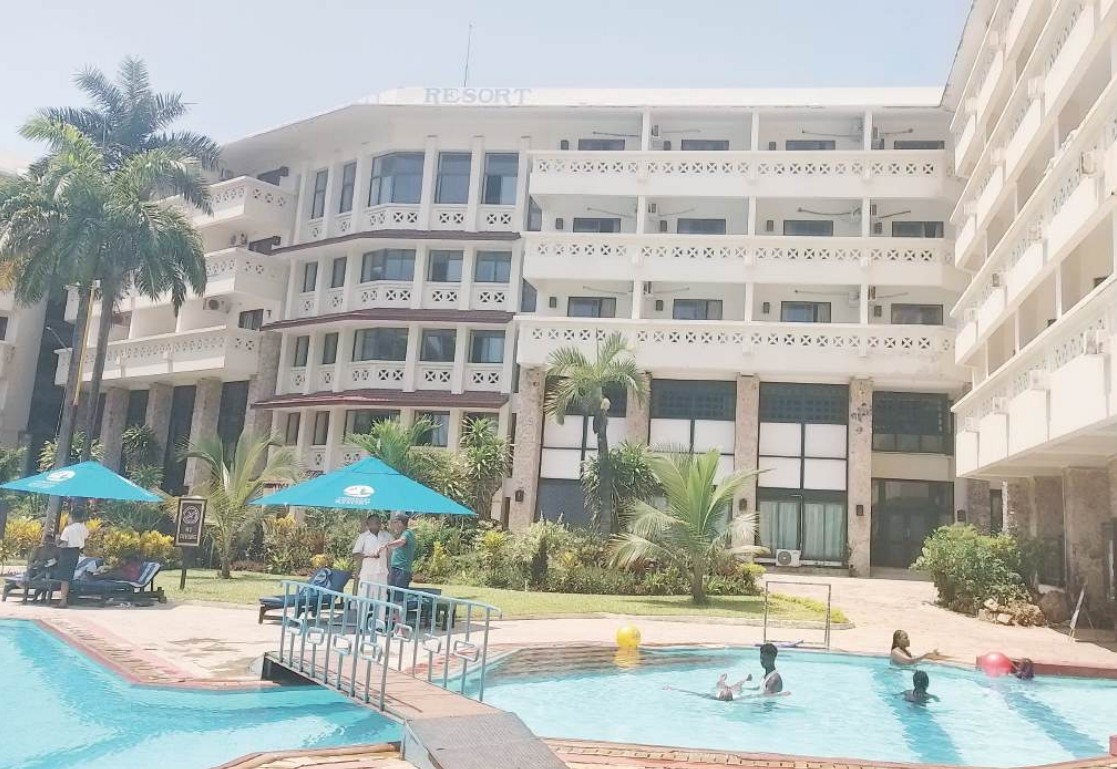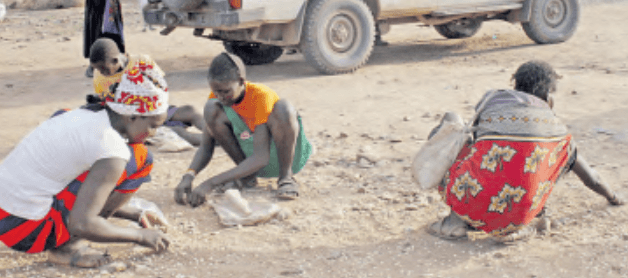

The narrow roads of Kinyago Kanuku in Kamukunji, blocked by
unorganised housing and electricity poles, frustrated firefighters responding
to an inferno that claimed the life of an 11-year-old on Monday.
David Munene was burnt beyond recognition. More than 300
homes and belongings were destroyed in the blaze.
The fire is suspected to have started from a gas explosion
in the home of a person with hearing and speech disabilities who was unable to
raise an alarm in time.
Access to the slum is already a nightmare for residents,
with poor roads, worsening sanitation and limited access to basic services.
The same obstacles blocked first responders when fire broke
out around 10 am. Emergency crews struggled to reach the scene, with congested
roads and electric poles blocking fire trucks.
Residents used water from taps and rivers but were unable to
contain the flames. It spread quickly through tightly-packed makeshift houses
of wood and iron sheets. Thick smoke filled the area for hours as residents
attempted to salvage property.
Fire trucks eventually entered through the nearby Air Force
base, with assistance from local leaders and the military, but by then most of
the damage had occurred. The fire was fully contained by 2 pm the following
day.
Alongside Munene’s death, another young person sustained
serious burns and several residents were injured by falling debris.
Andrew Maingi, a resident who works as a cobbler, said the
fire quickly became widespread because the materials were highly flammable.
With the delay in the arrival of help, a lot got damaged quickly.
“We did everything we could, but it wasn’t enough. The fire
truck couldn’t get through, so we asked for help from the army. Families are
now left in the cold. We’ve lost a child and people are injured. We need urgent
help.”
Another resident, Abdikadir Ruam also lamented poor access.
“Lives and property could have been saved if the place was
easily accessible for fire engines. Maybe poor planning of the houses is also a
problem and should be looked at. The boy who died was so badly burned. Many
others were hurt trying to escape the fire’s path,” he said.
Justus Muchiri, chairperson of Brazil Kinuku, a local CBO,
said firefighters faced near-impossible odds.
“The narrow roads blocked by electricity poles prevented
trucks from reaching quickly. This delay caused extensive damage and
displacement. We had to break water pipes for water because there are no
reliable water points.”
He added: “Many families are spending nights outdoors
without adequate shelter, food, or clean water. This community requires urgent
assistance, including shelter, food, water and medical care. We also need
long-term investment in safer roads and water points to prevent future
emergencies.”
The disaster comes as Nairobi county is working on a disaster
management law and policy.
The Disaster and Emergency Management Bill, now under public
participation, proposes the creation of an autonomous Disaster and Emergency
Management Authority to coordinate responses, recruit skilled staff and
strengthen preparedness.
The authority will have access to resources to put up enough
equipment, do research on better disaster response and retain considerable
talents to give the city’s first response a face lift.
Instant analysis
The bill also provides for a Disaster Management Committee
chaired by the governor, seeking to close gaps that have left the city with
poorly coordinated responses in past crises.













